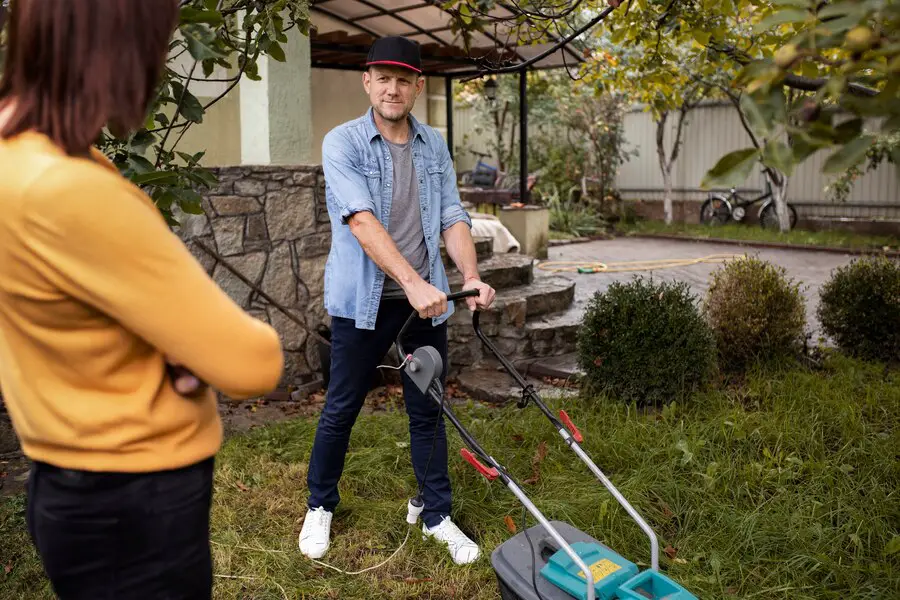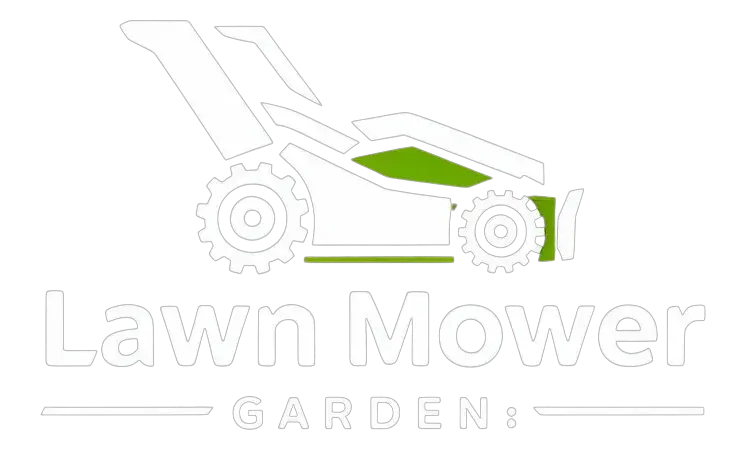
Lawn mowers are one of the most common tools we use in our yards to keep our grass neat and tidy. But what’s often overlooked in the hustle of mowing is the importance of lawn mower safety features. From blade guards to emergency stop mechanisms, these safety elements are crucial in preventing accidents, ensuring efficiency, and promoting a stress-free mowing experience.
Whether you are a first-time mower or a seasoned pro, this comprehensive guide will take you through the essential safety features of lawn mowers, why they matter, and how you can ensure you are using your mower in the safest way possible. Let’s dive into the world of lawn mower safety.
The Role of Lawn Mower Safety Features
Before we get into the specifics, it’s important to understand why safety features are so critical. Lawn mowers are powerful machines designed to make our lives easier, but they also come with inherent risks. Every year, thousands of lawn mower-related accidents occur, from minor cuts to life-threatening injuries. Safety features serve as preventative measures, ensuring that users can operate their mowers with confidence.
Think of a lawn mower as a car; much like how modern cars are equipped with airbags, anti-lock brakes, and seat belts, your lawn mower comes with safety features designed to protect you.
1. Blade Safety Features
The most obvious danger of using a lawn mower is the sharp rotating blades. Lawn mower blades are designed to cut through thick grass and even small debris, which can pose serious threats if not handled properly.
Blade Guard
The blade guard is a fundamental safety feature that covers the blades, preventing accidental contact. It’s typically made from metal or plastic and is found on most push and riding mowers. If you ever find your mower lacking a blade guard, this should be a red flag.
Expert Insight: “The blade guard is one of the most basic yet vital safety features in lawn mowers,” says John Crews, a lawn care expert. “Without it, there’s a much higher risk of injury.”
Blade Brake
Some mowers come equipped with a blade brake system, which stops the blades from rotating as soon as you release the handlebar. This ensures that if you stop the mower for a moment to empty the grass catcher or adjust the settings, the blades are no longer spinning—eliminating the risk of accidental contact.
Example: Imagine you’re mowing along a flower bed and need to stop momentarily to adjust something. With a blade brake system, you won’t have to worry about the blades still spinning as you step away from the mower.
2. Handlebar Safety Features
Your hands are your primary point of contact with the mower, so keeping them safe is a priority. This is why mowers come equipped with various handlebar safety features designed to keep you in control and protected.
Operator Presence Control (OPC)
The Operator Presence Control (OPC) is one of the most common safety features on lawn mowers. This system automatically shuts off the engine or blade if you let go of the handle. In other words, it ensures that the mower is not running when you’re not actively controlling it.
Ergonomic Design
The ergonomic design of the mower’s handlebars contributes to safety by allowing you to maintain a comfortable grip and proper posture. This reduces the risk of slipping or losing control during operation.
3. Safety Shutoff Mechanisms
Another crucial feature that prevents accidents is the safety shutoff mechanism. This feature immediately stops the engine if something goes wrong or if the mower tips over.
Keyed Ignition
Some riding lawn mowers come with a keyed ignition system, where the engine will not start without the key. This simple safety feature prevents unauthorized users, like children, from starting the mower.
Emergency Stop Button
More advanced mowers, especially riding ones, feature an emergency stop button. This button is usually located in an easily accessible spot on the handle or dashboard and can instantly stop the mower if you find yourself in an emergency situation.
4. Mower Design and Stability Features
A stable mower is less likely to tip over and cause injury. Let’s explore how design and stability play a role in safety.
Low Center of Gravity
Mowers with a low center of gravity are less prone to tipping. Many modern riding mowers feature a low profile design to maintain balance, making it safer when navigating uneven terrain.
Anti-Tip Devices
Some riding mowers are equipped with anti-tip devices, which help prevent the mower from tilting backward or sideways when driving on inclines or uneven ground.
5. Safety Reflectors and Visibility
Visibility is key when it comes to lawn mower safety, especially if you’re mowing in low-light conditions or in areas with a lot of obstacles.
Reflectors
Many modern mowers come with reflective stickers or strips on the body of the machine. These increase visibility when mowing near traffic or in low-light areas, such as early mornings or evenings.
LED Lights
Some higher-end riding mowers are equipped with LED lights, allowing you to mow safely even in dim light conditions.
6. Mower Maintenance and Regular Inspections
While safety features are designed to protect you while mowing, regular maintenance and inspections are just as important. A well-maintained mower is less likely to malfunction, reducing the risk of accidents.
Blade Sharpening and Inspection
Sharp blades are essential for clean cuts and efficient mowing. Dull blades not only damage your lawn but can also be more dangerous. Regular blade sharpening and inspection ensure that they are working as they should.
Fuel and Battery Checks
Ensure that your mower is fueled correctly and that batteries are in good condition (for electric models). Leaking fuel or a malfunctioning battery can pose safety hazards.
Key Safety Features Comparison
| Safety Feature | Push Mowers | Riding Mowers | Electric Mowers |
|---|---|---|---|
| Blade Guard | ✅ | ✅ | ✅ |
| Blade Brake | ✅ | ✅ | ❌ |
| Operator Presence Control (OPC) | ✅ | ✅ | ✅ |
| Keyed Ignition | ❌ | ✅ | ✅ |
| Emergency Stop Button | ❌ | ✅ | ❌ |
| Reflectors | ❌ | ✅ | ✅ |
| LED Lights | ❌ | ✅ | ❌ |
| Anti-Tip Devices | ❌ | ✅ | ❌ |
Frequently Asked Questions (FAQ)
1. What is the most important safety feature on a lawn mower?
The Operator Presence Control (OPC) is arguably the most important safety feature because it ensures that the mower stops when you are not in control, preventing serious injuries.
2. Can I mow my lawn without the blade guard?
It’s highly recommended to never operate your lawn mower without the blade guard, as this significantly increases the risk of injury.
3. How often should I inspect my mower for safety?
It’s best to perform a thorough safety inspection before each mowing session. Check for things like sharpness of the blades, functionality of safety features, and any fuel or battery issues.
4. Are electric lawn mowers as safe as gas-powered ones?
Yes, electric mowers are generally just as safe as gas-powered mowers, though some safety features like blade brakes and anti-tip devices are more commonly found in gas-powered models.
Conclusion: Prioritize Safety and Enjoy Your Mowing Experience
Lawn mowing can be a relaxing and enjoyable task when done safely. By understanding and utilizing the safety features of your mower, you’re not only protecting yourself, but also enhancing your overall mowing experience. From blade guards to emergency stop buttons, each safety feature plays a vital role in ensuring your safety while keeping your yard pristine.
Regular maintenance and mindfulness about safety can go a long way in preventing accidents. Always read the owner’s manual for safety instructions, and don’t hesitate to invest in a mower with advanced safety features, especially if you’re a frequent user.
Your next steps are simple: check your mower’s safety features, perform a thorough inspection, and mow confidently. By prioritizing safety, you’ll ensure that every mowing session is a breeze—without the risk.
Want more information on lawn mower safety? Check out The U.S. Consumer Product Safety Commission’s Lawn Mower Safety Guide. Stay safe and happy mowing!



